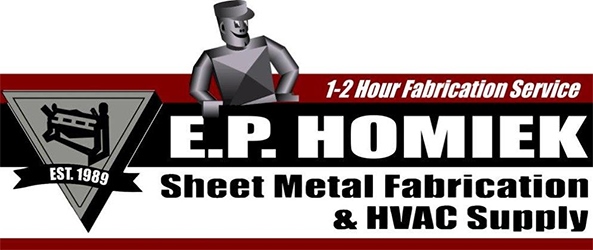Refrigerant Moisture Infiltration and Evacuation
- Posted on November 3, 2022
- by admin
- in Blog_Posts
- Comments Off on Refrigerant Moisture Infiltration and Evacuation
Moisture in refrigerant lines is a condition that can cause serious problems in an HVAC system. When moisture levels in a refrigeration system aren’t adequately controlled it can ultimately lead to reduced compressor efficiency, accelerated system corrosion, and possible compressor failure.
Moisture infiltration can occur in a number of ways, beginning with improper evacuation of the refrigeration system during manufacture or installation. Moisture can also enter openings in a leaky system, or through improper handling of refrigerant or lubricants that allows exposure to outside air. It can enter through malfunctioning or oversaturated driers, and water can even leach out of plastic system components at elevated temperatures.
A common symptom of moisture infiltration is freezing in the refrigerant flow orifice, which blocks refrigerant flow. Moisture can react with refrigerant and/or synthetic POE lubricants, leading to acid formation in the system that can corrode metals in the expansion valve, deteriorate insulation in motor windings, and cause copper plating. Sludge can form in POEs exposed to outside air, allowing them to absorb moisture. The sludge can clog strainers, expansion valves, and capillary tubes and reduce lubrication performance, causing damage to the compressor. Unfortunately, only the freezing problem is readily apparent in smaller HVAC systems, and the condition can go unnoticed until the compressor fails.
Moisture can be removed from a refrigeration system through vacuum pump evacuation. The application of a high vacuum lowers the pressure in the system to allow the water to boil at atmospheric temperature, then draws off vapor through the pump. Various factors dictate the time required to remove all moisture, so service technicians making these determinations must be properly trained in evacuation to ensure complete system dehydration.
If you enjoyed this article please consider sharing it!




